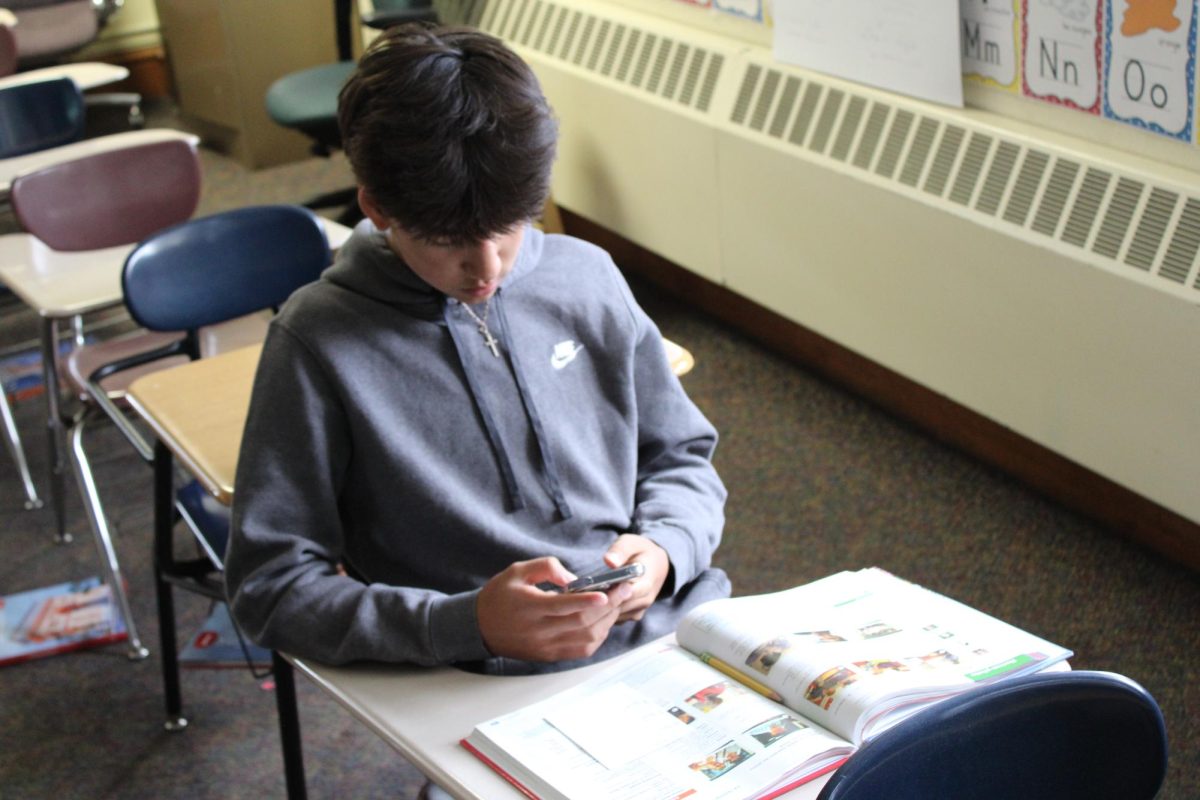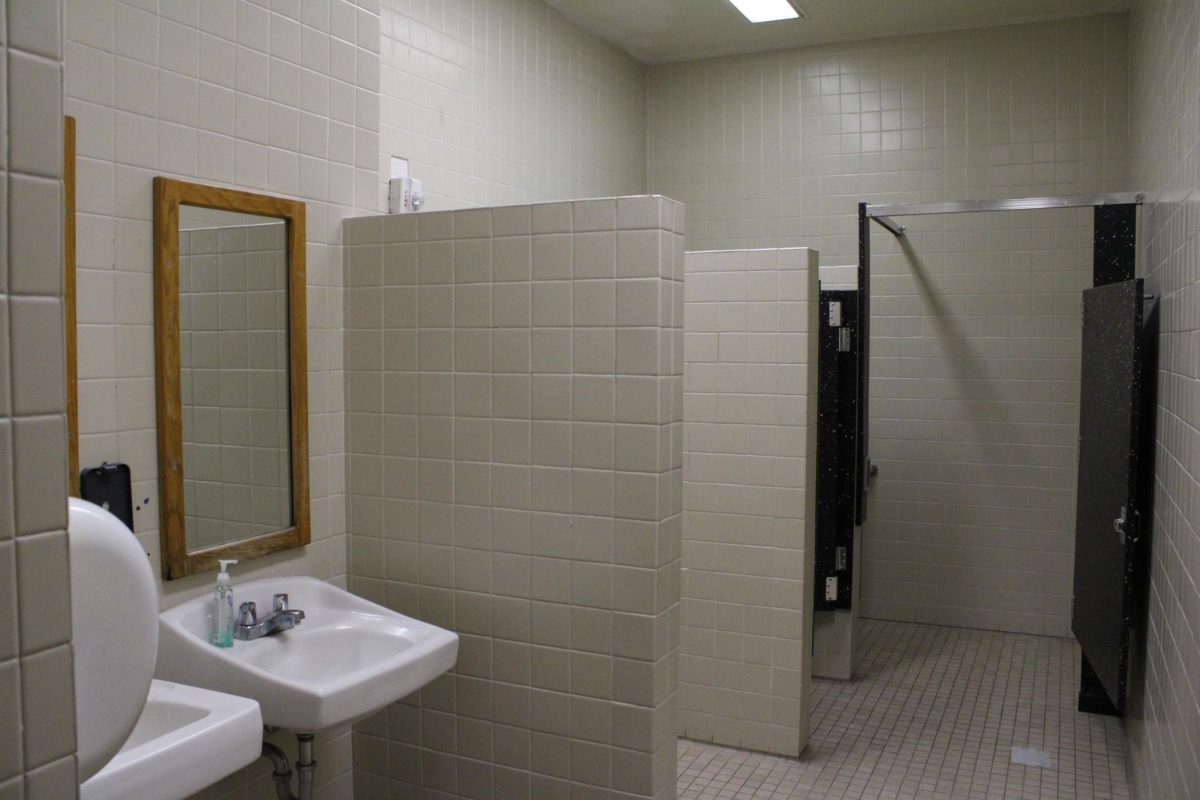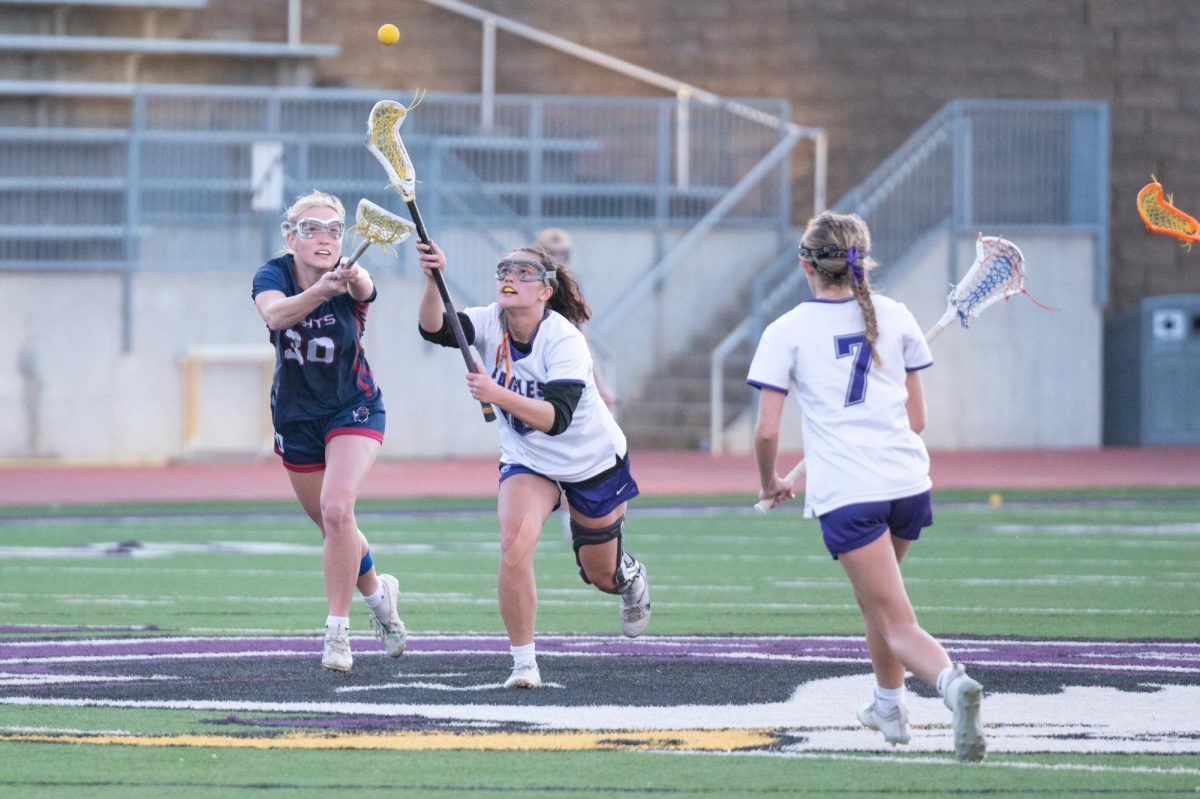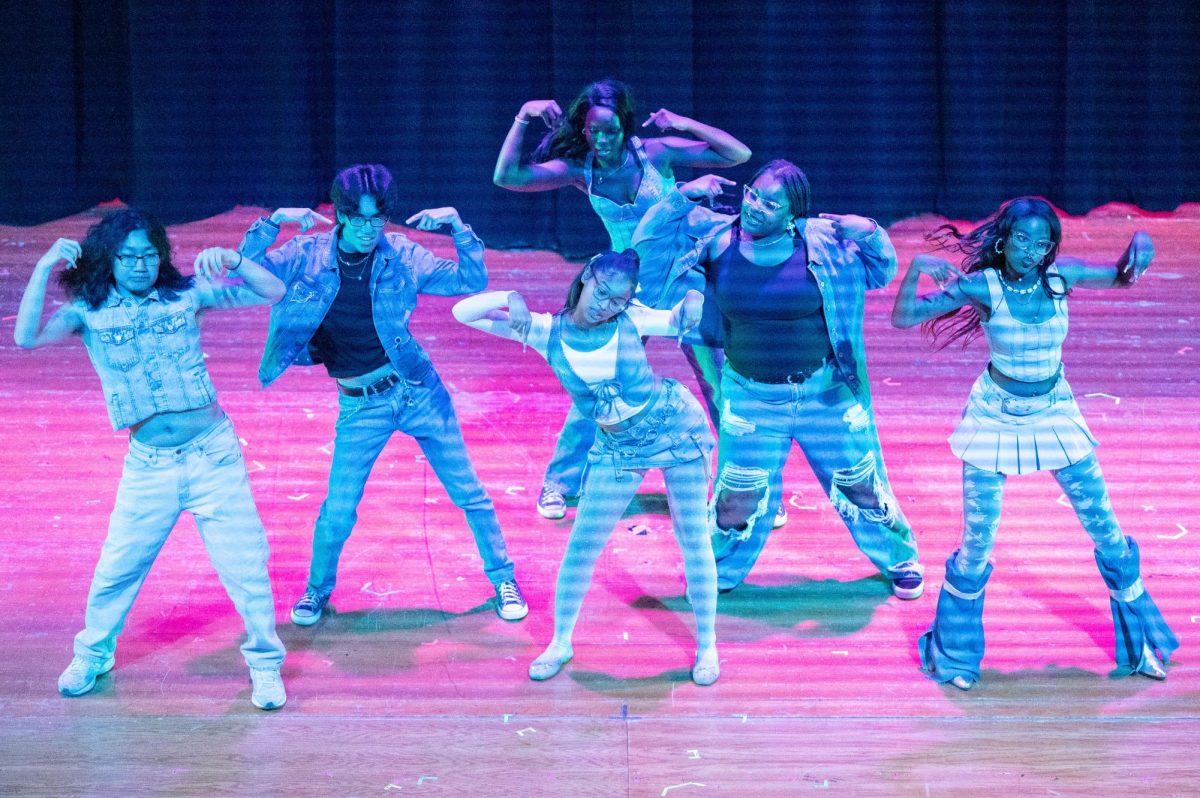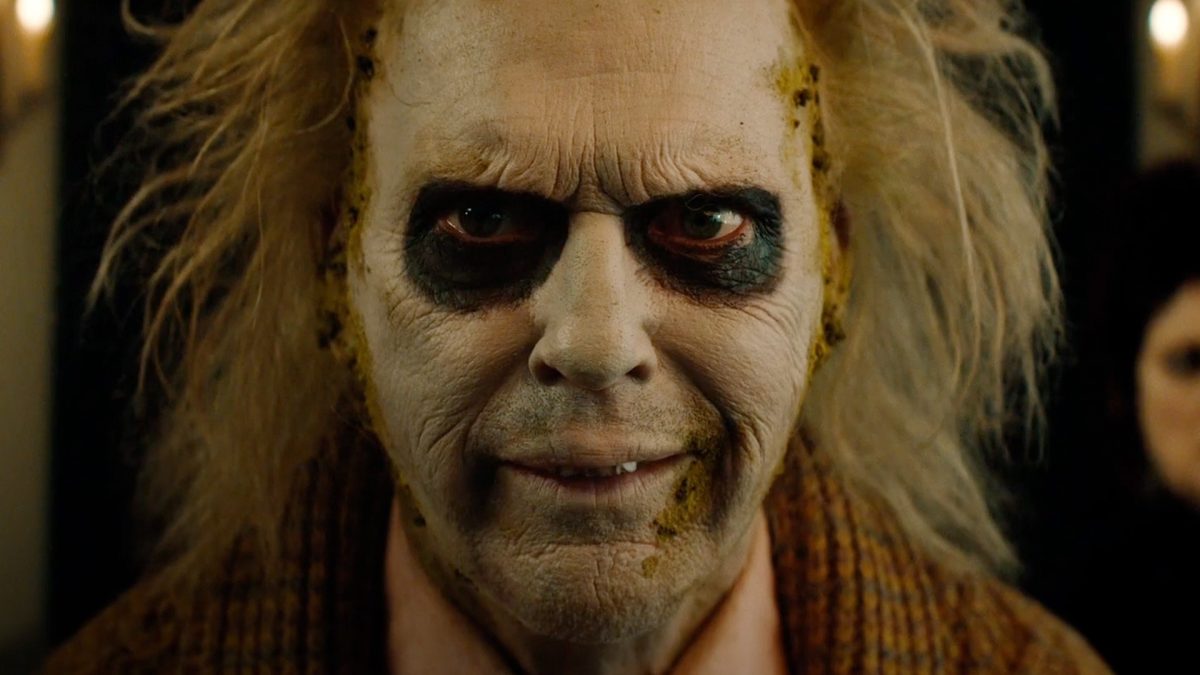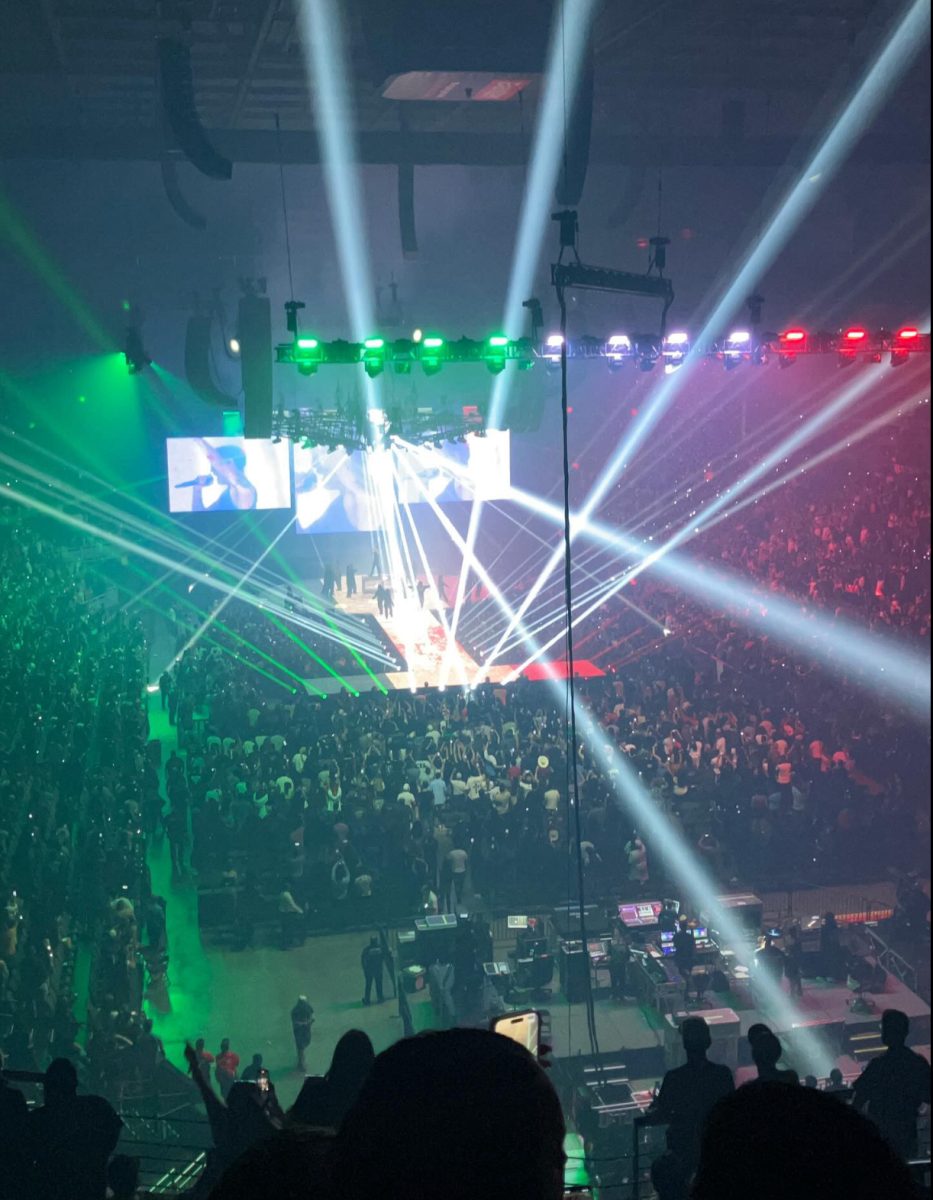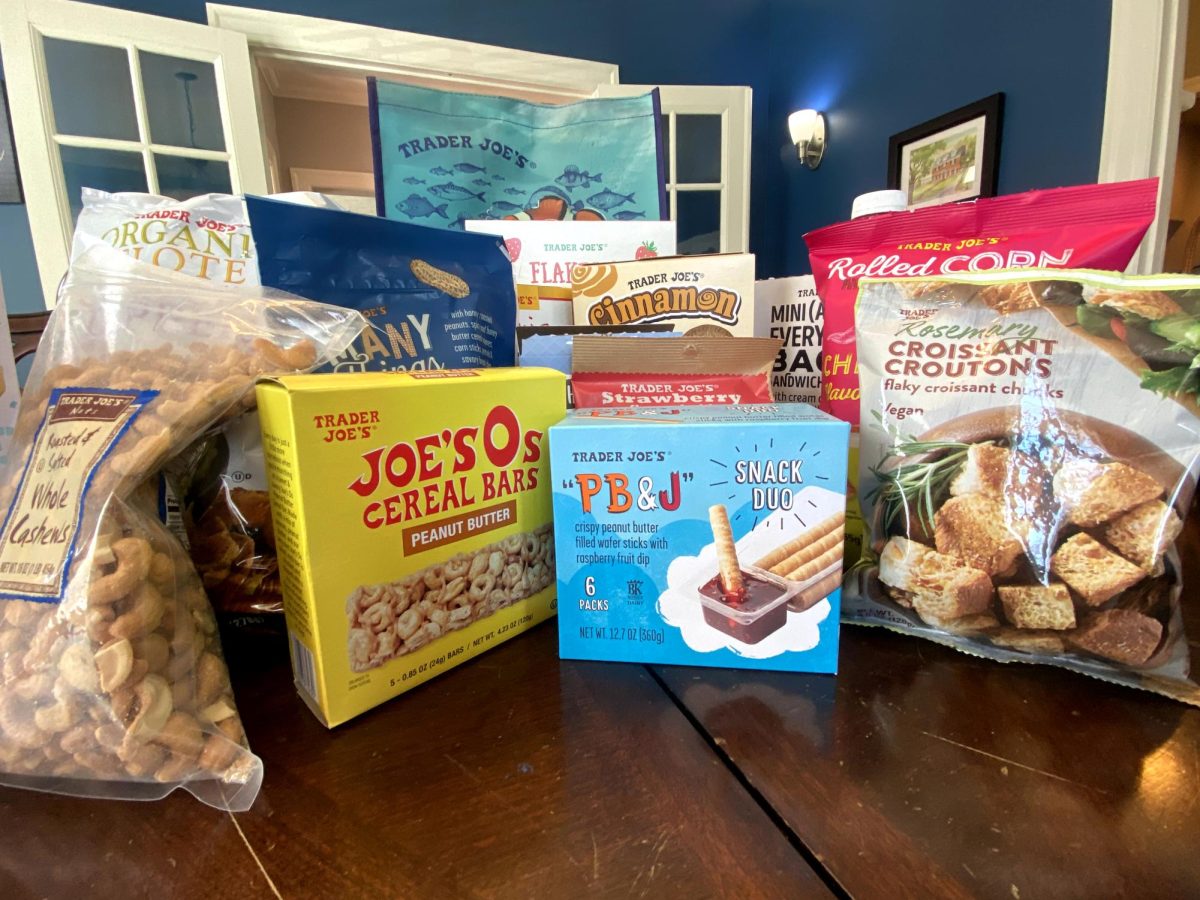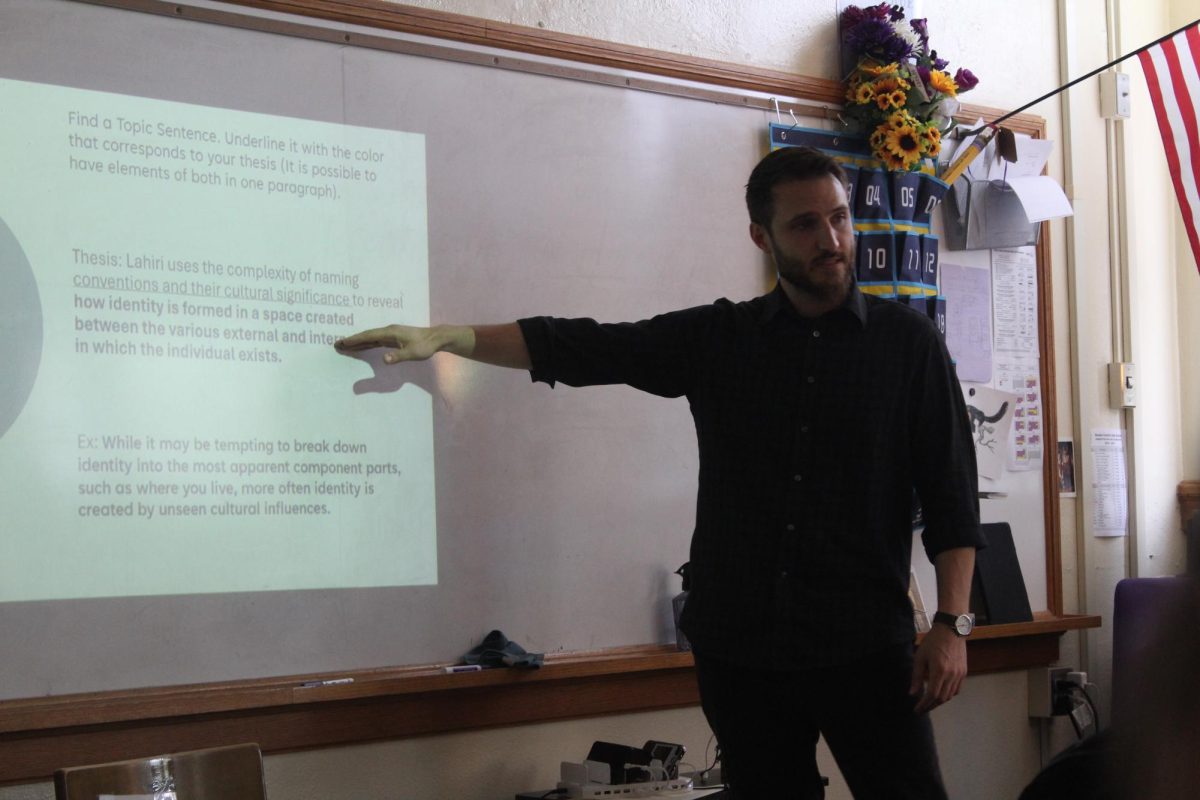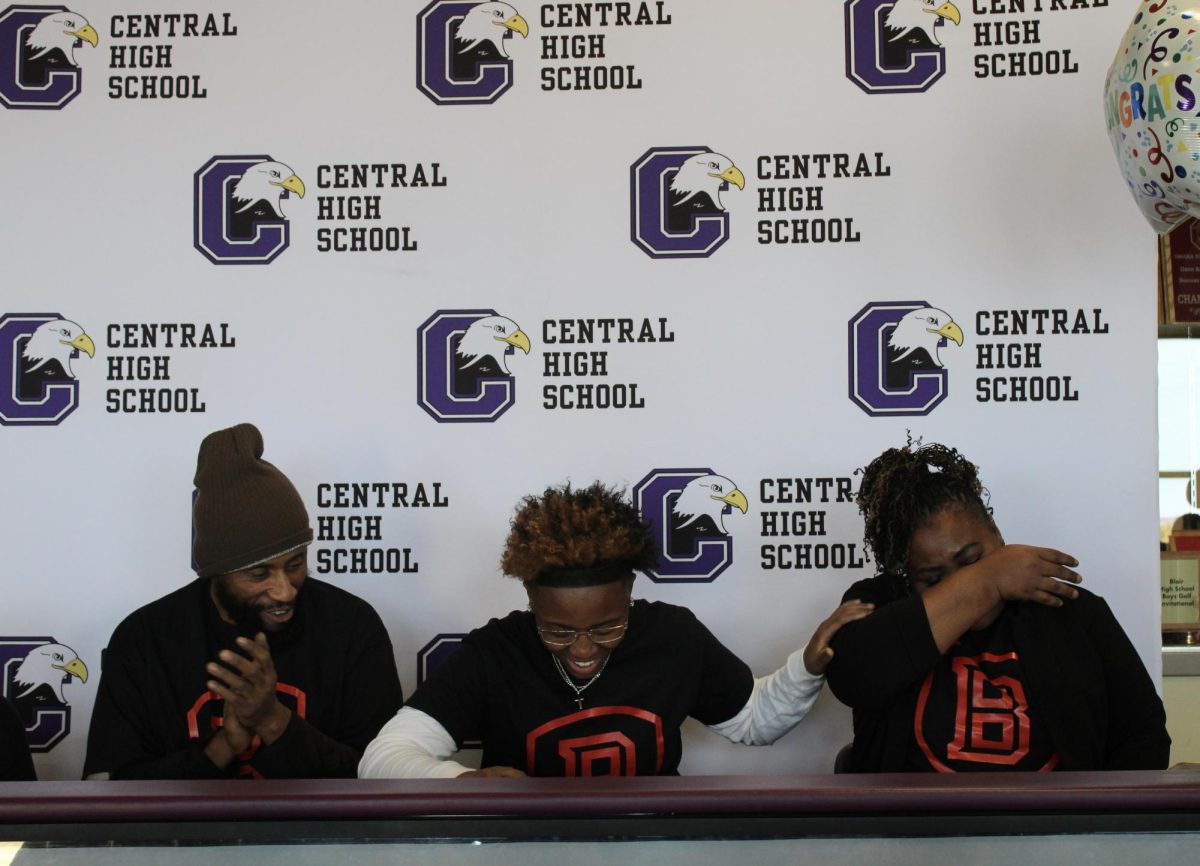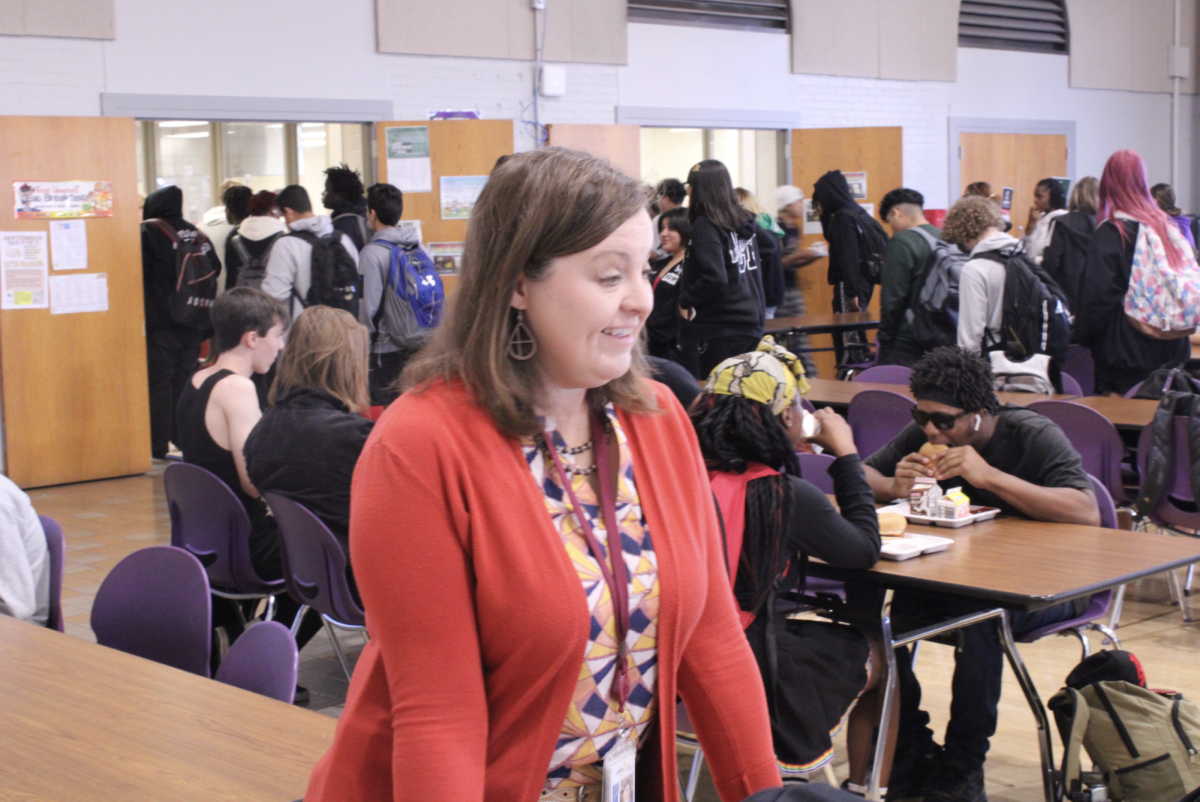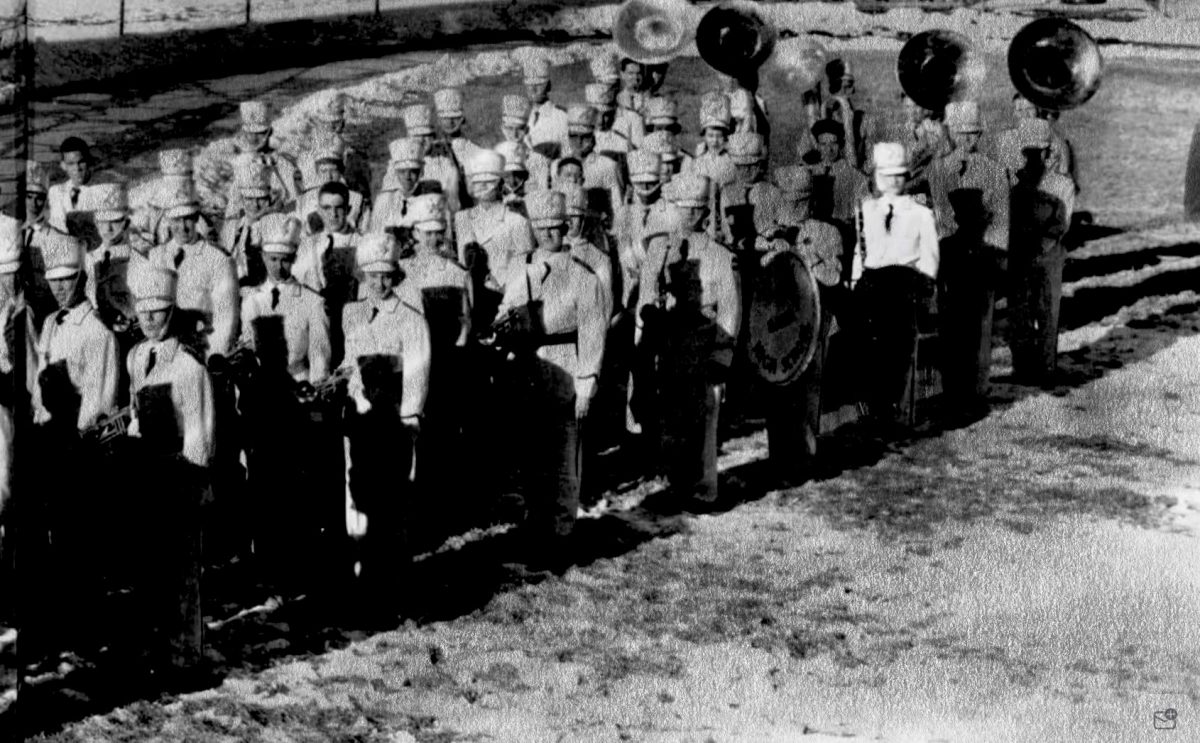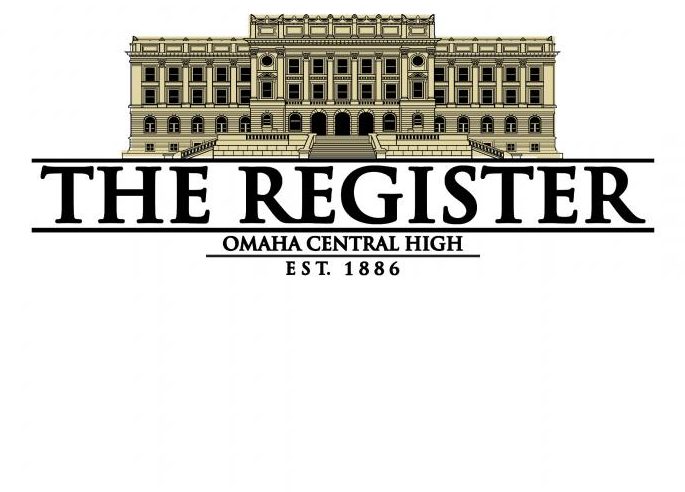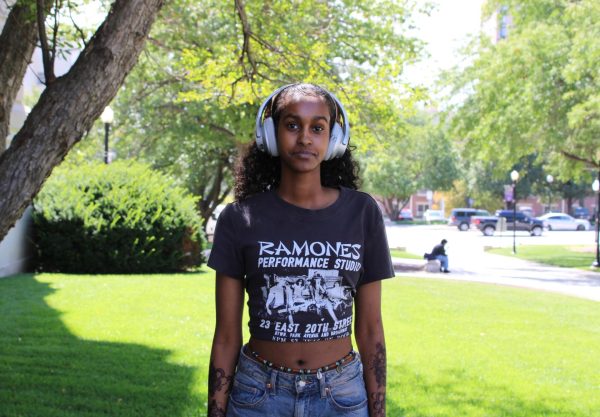Holocaust speaker shares life story with students
April 9, 2015
Fran Malkin’s parents owned a candy store.
They were respected townspeople, loving parents, and just two of the more than 6,000 Jews living in Sokal, Poland before the Holocaust.
By the time Fran Malkin, or Fay, as her acquaintances call her, was four years old, her life had already been turned upside down by Adolf Hitler and the Nazis who worked to rid Europe and the world of the Jewish people. Hundreds of educated, Jewish businessmen were rounded up in the town’s center, then led away to an undisclosed location where they would each be told to dig a grave before they were shot to death. Fran’s father was one of them.
“I like to think that I would’ve been a daddy’s little girl,” she says, reminiscing on the few clear memories of her father that she has.
Malkin and her family’s story is depicted in the recently released documentary entitled “No. 4 Street of Our Lady,” which follows the writings of her grandfather Moshe Malkin before, during, and after the genocide.
The title of the film is inspired by the address of the person who saved them, Francisca Halamajowa, a local woman who hid 19 Jews in her home during the Holocaust. For a year and a half, Malkin, her mother, and her other family members hid in the hayloft of Halamajowa’s home. After liberation by the Russians, Malkin’s family would learn that their savior had been hiding another Jewish family in her basement, as well as a German soldier who had fled service in her basement. For more than a year, Halamajowa secretly gave food and shelter to 20 people.
For decades, the Malkin family lived possessing the grandfather’s diary, but no one considered publishing it. After it was over, Malkin’s relatives “kept quiet” about the Holocaust, attempting to continue living without speaking of the atrocities they faced.
Malkin challenged this mentality. She encouraged the publishing of her grandfather’s diary, “[the diary] is an act of defiance,” she said. “But even if we die[d], the world would still know the story.”
From the time that she left the house when she was six, until she was in her sixties, she never revisited the site. A few years ago, she felt the urge to revisit the little town and the hayloft where her and her family lived in hiding for eighteen months.
“I have certainly paid the price,” Malkin said. Coming back to the home has left her with a renewed bank of memories of those devastating times, many of which she did not recall from her youth until reentering the home. For the majority of her life, Malkin lived with few recollections of the Holocaust. Her largest obstacle was grieving the father she never received the chance to know well. Seeing the house has changed this.
Malkin also visited the site where her father and hundreds of other Jewish men from her hometown are buried. The Nazis led them to a place near a brick factory, which is now overgrown with weeds and vegetation. Her father is near the building, but it is impossible to know where.
In the documentary, Malkin walks around the site, mourning the loss of her father.
“I know you’re lying here somewhere. I hope you’re at peace,” she tells him.
Malkin is merely one of the people who faced loss during the Holocaust. Her life changed radically, and her family was destroyed by the Holocaust. She is glad to teach others about what happened, and educate younger people through her experiences.
Through all of her tribulations, she has a piece of advice for the next generation, “No matter what your story is…the best thing is to prevail, to continue on. It is the only thing to do.”


